Accessories for pressure reading instruments
We offer a wide range of mechanical accessories for pressure gauges:
-
Pressure gauge shut-off valves
-
Pressure gauge stopcocks
-
Water siphons
-
Overpressure protection devices
-
Rubber protection caps
-
Thread adapters (reducing fittings)
-
Profile and flat gaskets
-
Cooling device
-
Push button tap
-
Capillary reactors and capillary lines

Pressure gauge shut-off valves
according to or similar to DIN 16270, DIN 16271 and DIN 16272
optional DVGW versions
without or with test spigot or test flange
also models with G 1/4" or NPT threads
made of brass, steel or stainless steel
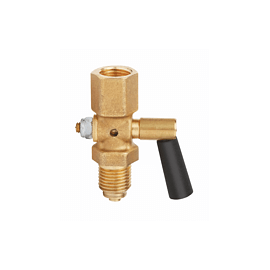
Pressure gauge stopcocks
according to or similar to DIN 16260, DIN 16261, DIN 16262 and DIN 16263
clamping sleeve/spigot or sleeve/spigot or sleeve/sleeve or swivel sleeve
made of brass, steel or stainless steel
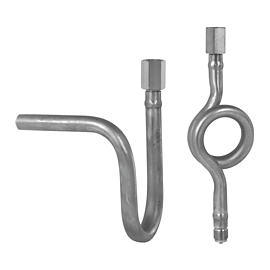
Water siphons
according to DIN 16282 or "commercially available
made of steel or stainless steel. Optionally made of monel.
Application of water siphons:
Water siphons in U-shape are designed for horizontal pressure tapping, in circular design for vertical pressure tapping.
Condensate forms in the siphon, which prevents the hot medium from entering the measuring device. We recommend filling a cooling sealing liquid (e.g. water) into the siphon before commissioning the pressure line.
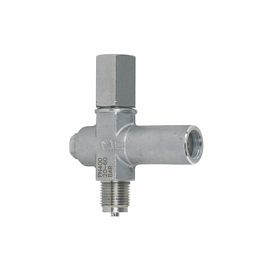
3.22
Overpressure protection devices
Overload protection devices
Application of overpressure protection devices:
Adjustable overpressure protection devices serve as protection against occurring overpressures that exceed the measuring range of the pressure gauges.
When the set pressure is reached, the valve closes automatically and blocks the flow to the pressure gauge. After the pressure drops by approx. 25% below the closing pressure, the valve opens and releases the flow again.
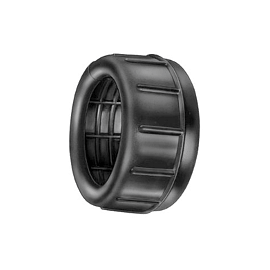
Rubber protection caps
for pressure gauges (DS 63, DS 80 and DS 100, others on request)
For pressure gauges with radial and axial pressure connection
Application of rubber protective caps:
Rubber protective caps are simply slipped onto the pressure gauge before mounting.
They protect the pressure gauge from impacts, for example, and extend its service life.
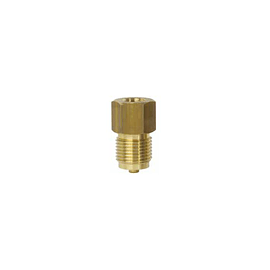
Thread adapter
Reducing screw fitting
Made of brass or stainless steel
With sealing pin (for profile sealing rings) or self-sealing
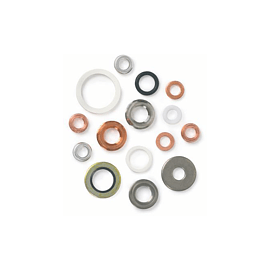
Seals + sealing washers
Profiled sealing rings made of copper or aluminum, for internal centering by centering pins.
Gauge flat seals to DIN 16258 made of PTFE, nickel, copper or NP uni.
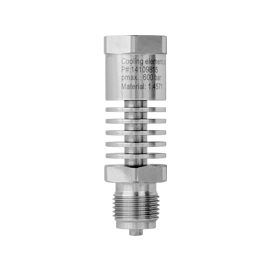
KST Cooling section
Stainless steel cooling element for pressure gauges.
Max. 400 bar. Max. 250°C.
Application of cooling elements:
The cooling element causes - due to circulation of the ambient air and heat radiation - a cooling and lower heating of the pressure medium in and at the pressure gauge.
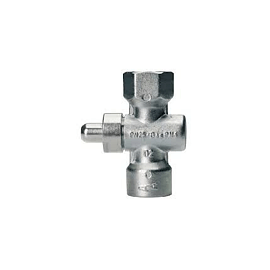
Push button tap
with DVGW approval.
Application of push button valves:
The push button valve is designed with an automatic closing device and pressure relief on the gauge side, for use in plant engineering and operating pressures up to 4 bar.
The pressure gauge is only pressurized when the pushbutton is actuated.
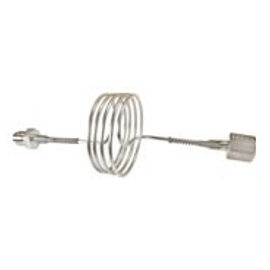
Application of capillaries:
Capillary reactors are used for effective damping/choking of pressure peaks.
Capillary lines are used for effective cooling at very high medium temperatures.
Capillary reactors are used for effective damping/choking of pressure peaks.
Capillary lines are used for effective cooling at very high medium temperatures.